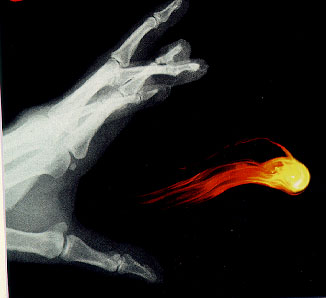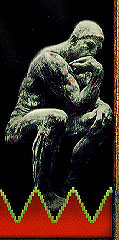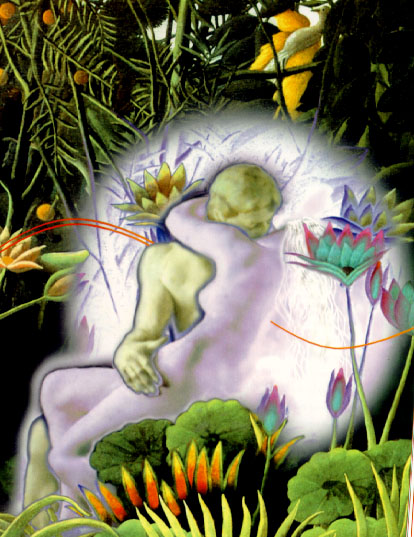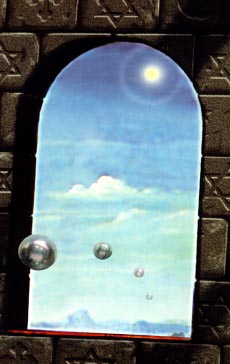SCREENWRITING: STORY STRUCTURE, CHARACTER DEVELOPMENT AND TIMESPACE SEQUENCING
Click HERE for Intermediate Screenwriting Online
Spring, 1999
Professor Julia Evergreen Keefer
(This course seeks to balance the introspection, creativity and individuality of NYU's creative writing program under Ruth Danon with the extremely commercial demands of the screenwriting market.)
THE DILEMMA: To conform to the demands of the industry while still telling your own story and expressing yourself creatively and imaginatively

What do screenwriters get paid for?
A captivating, well-structured story that
has universal marketing appeal.
 Fascinating
complex characters who are well-orchestrated in scenes of conflict that develop
the plot.
Fascinating
complex characters who are well-orchestrated in scenes of conflict that develop
the plot.
Creative uses of time and space in the sequencing of scenes.

This course is also good for novelists who want to work on structure, dialogue, and the relationship of character to action.
COURSE OBJECTIVES
Theoretical applications:
TO UNDERSTAND, ANALYZE AND DEVELOP BOTH TRADITIONAL AND
CREATIVE STORY STRUCTURES
TO CREATE COMPLEX CHARACTERS WHO AFFECT PLOT AND ARE TRANSFORMED THEMSELVES
BY DRAMATIC ACTION
TO EXPERIMENT WITH TIME AND SPACE IN ORDER TO SEQUENCE SCENES IMAGINATIVELY
Practical formats:
TO WRITE A TREATMENT FOR A FULL-LENGTH SCREENPLAY
TO GRAPH THE STORYBOARD AND PLOT POINTS
TO SEQUENCE THE SCENES
TO COMPLETE AT LEAST ONE POLISHED ACT IN PROPER SCREENWRITING FORMAT, PREFERABLY
WITH RECOGNIZED SOFTWARE
TO DRAFT THE ENTIRE SCRIPT
REQUIRED READING
STORY by Robert McKee (main text)
Aristotle's POETICS
EINSTEIN'S DREAMS by Alan Lightman
Optional Reading
SCREENPLAY:THE FOUNDATIONS OF SCREENWRITING and THE SCREENWRITER"S NOTEBOOK
by
Syd Field
MAKING A GOOD SCRIPT GREAT by Linda Seger
PULP FICTION by Quentin Tarantino, WAG THE DOG by David Mamet,
Scripts by Woody Allen and Steven Spielberg
Selected film scenes
Keefer's Notes on Character
It is recommended that you obtain a screenwriting software program like Final Draft to simplify format and corrections so you can spend your time concentrating on aesthetic and dramatic issues.
Students who are new to screenwriting, or who have writer's
block, or trouble with logic, organization and structure should get THE SCREENWRITER'S
NOTEBOOK by Syd Field and follow his program step-by-step.
Students who are extremely organized but not dramatic enough must realize
that every scene needs emotion: anger, lust, fear, surprise, pain, laughter
etc. Improvise, act out and exaggerate.,
Students who are good at structure, but too linear with sequencing, should
read EINSTEIN"S DREAMS over and over again, as well as PULP FICTION.
Everyone should write down their own dreams and see how they relate to sequencing.
Students who spent the past ten years writing a novel should read HOW TO WRITE
A MOVIE IN TEN DAYS, not for the information, but for the energy and rhythm.
If that fails, try Keefer's
aerobics program.